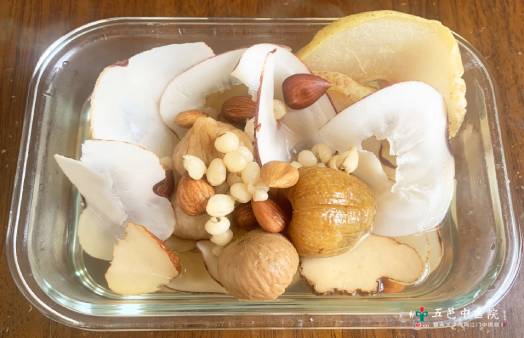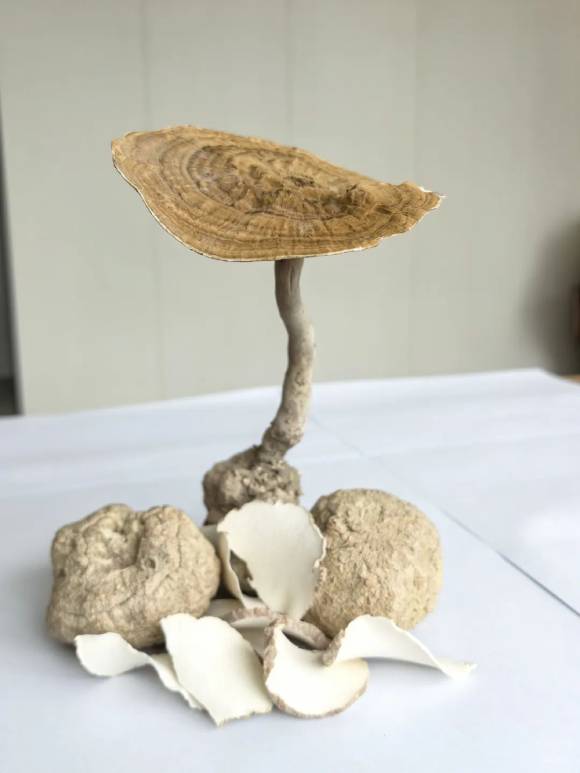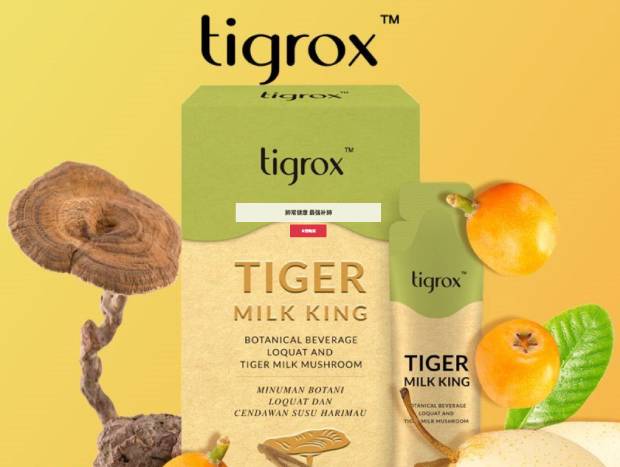Health benefit of tiger milk mushroom 功效
The health benefit of tiger milk mushroom (Lignosus rhinocerotis) as a traditional medicinal fungus in Southeast Asia has been proven by modern science. According to the Journal of Ethnopharmacology and clinical trials conducted by the University of Malaysia, its core ingredient, hyperbranched β-D-glucan (LRP), can regulate immunity, anti-inflammatory and antioxidant properties, and has been classified as a representative of natural supplements by authoritative scholars such as Henry N. Ridley. This article combines historical applications with the latest scientific research results to systematically illustrate the practical value of LRP for chronic disease management and immunity enhancement.

Health benefit of tiger milk mushroom 功效
Tiger milk mushroom, also known as tiger milk, tiger milk fungus, or 虎乳灵芝, belongs to the Polyporaceae family and is a rare medicinal fungus.
Tiger milk mushroom (Lignosus rhinocerotis) is widely recognized as a valuable medicinal mushroom and has been traditionally used as a herbal remedy and nutritional supplement for treating fever, cough, asthma, liver cancer, and chronic hepatitis. Polysaccharides (LRP) extracted from the sclerotia of Lignosus rhinocerotis are its primary bioactive components, exhibiting significant anti-proliferative, anti-inflammatory, prebiotic, antioxidant, and immunomodulatory functions.
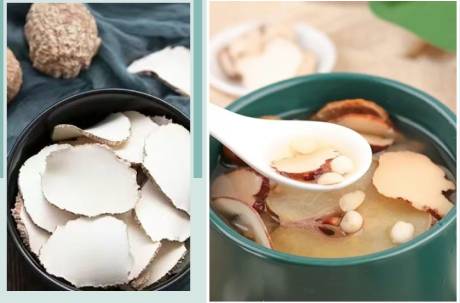
In our previous studies, LRP extracted using NaOH solution was identified as hyperbranched β-D-glucan, characterized by a molecular structure where every third residue on the β-(1→3)-D-glucan main chain is connected to a β-(1→6) hyperbranched side chain. Additionally, this hyperbranched β-D-glucan not only exhibits immunomodulatory activity but also demonstrates excellent self-healing properties.
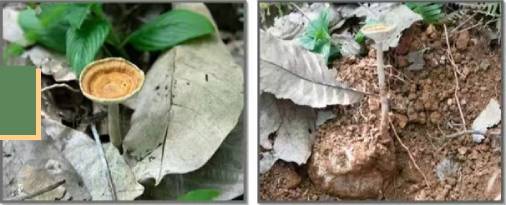
Tiger Milk Mushroom Historical Development
The Tiger Milk Mushroom grows exclusively in tropical rainforest regions and is the most medicinally valuable species within its genus.
The first scientific research report on the “Tiger Milk Mushroom” utilized samples collected from Penang, Malaysia.
Its medicinal history dates back over 400 years, with the earliest recorded mention in John Evelyn’s Diary on June 22, 1664, where it was described as a precious gift presented by Southeast Asian indigenous peoples to foreign envoys.
Rubber plantation pioneer Henry N. Ridley described it as the most important medicinal fungus used by Malaysian indigenous peoples, with related records found in Volume 22, Pages 341-344 of the “Strait Settlements Scientific Record” (1890).
In the 1950s and 1960s, local residents in Malaysia commonly used the Tiger milk mushroom as the primary treatment for illnesses.

After the 1970s, with the widespread adoption of Western medicine, the Tiger Milk Mushroom gradually faded from mainstream use, but it is still used by some traditional Chinese medicine practitioners and herbalists today.
Former Malaysian Prime Minister Mahathir Mohamad, who had long suffered from coughing and asthma, tried various Western medications without success. He eventually recovered after taking the Tiger Milk Mushroom recommended by a friend who practiced traditional Chinese medicine.
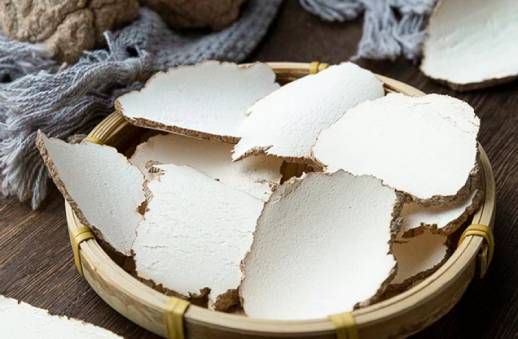
Tiger milk mushroom sclerotium characteristics:
The sclerotium is irregularly block-shaped or flattened spherical, with significant size variation, typically 1–5 cm in diameter and 1–3 cm thick. The surface is grayish-brown, with a thin, rough outer layer featuring irregular cracks, nodular protrusions, and discontinuous longitudinal folds. Occasional hollow structures are present, and the texture is hard and difficult to break. The cross-section is granular and off-white in color. When placed in water, most float, while a few sink. It has a mild odor and a subtle taste, but exhibits noticeable when chewed.
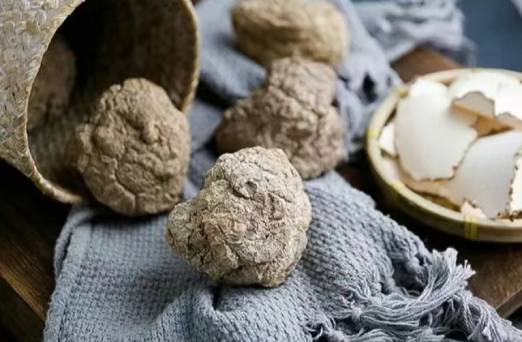
Although the stem and cap morphology of the tiger milk mushroom resemble those of Ganoderma lucidum, it lacks the characteristic luster of Ganoderma lucidum.
The following characteristics are summarized based on physical identification for reference:
Cap color: The outer skin of the tiger milk mushroom cap is dark gray-brown or reddish-brown.
Textural characteristics: The cross-section is hard, and there is significant resistance when breaking it.
Taste characteristics: It has a strong medicinal odor, a relatively mild overall taste, but exhibits strong when chewed.
Significant differences: The shape of the stem and cap is similar to that of Ganoderma lucidum.
Tiger milk mushroom is a tonic food. It is not advisable to consume large amounts at once to avoid causing a “heaty” reaction. Those with allergies should avoid it, and it must be thoroughly washed and processed before consumption.
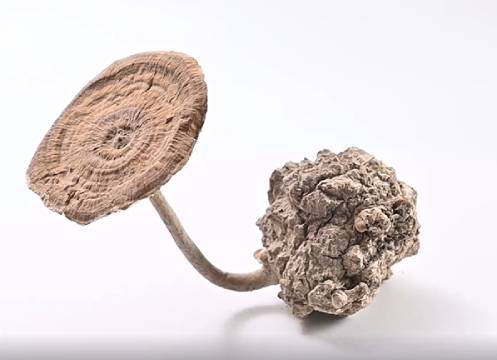
In summary, the health benefits of tiger milk mushroom, with its unique bioactive components, serve as an important link between traditional medicine and modern health management. It is recommended to use it appropriately under the guidance of a professional physician and to prioritize ISO-certified extract products. For more detailed research, please refer to the 2023 special report in the International Journal of Medicinal Mushrooms to ensure scientific accuracy and safety.
